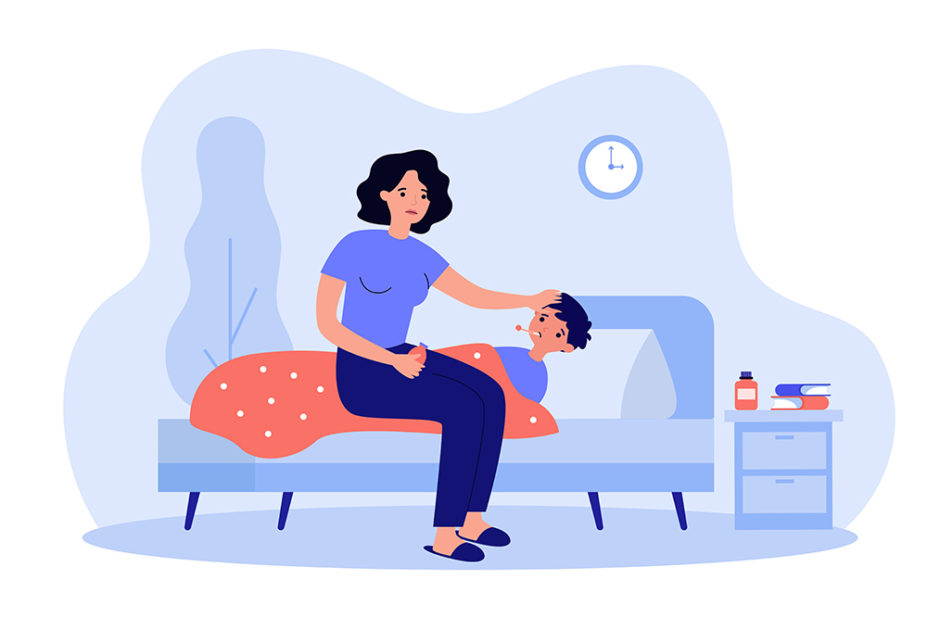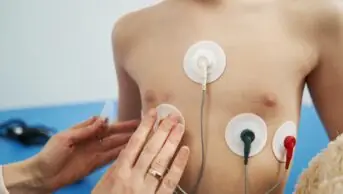
Shutterstock.com
The Pharmaceutical Journal has recently been focusing on medicines in children and young people. Since putting out a call for papers in 2020, we have been delighted with the range and quality of the articles submitted — and we have published a wide range as a result.
We chose to focus on this area because research shows that around one in eight medication orders for paediatric inpatients in UK hospitals contains an error and drug errors are the most common safety incident in sick children in the community.
However, there are few reliable data sources in this area. Data obtained by The Pharmaceutical Journal, and contained in our infographic, show that the majority of errors recorded by the NHS in England in children and young people are in the administration of medicines and in secondary care, although this is likely to be distorted by different reporting patterns in different sectors.
Critical incident data can be used to provide information on the characteristics and causes of medication errors, but are currently underused. However, research outlined here shows how a regional quality improvement initiative in Northern Ireland used critical incident data to promote paediatric medication safety.
What is clear is that the pharmaceutical care of the most vulnerable children is not being given the priority it deserves. We know that many children with a learning disability receive psychotropic medicines — around 29% of those with autism in UK primary care and rising, according to one study — and little is known about the long-term effects of these medicines. However, our special investigation shows that the national scheme to tackle this, Supporting Treatment and Appropriate Medication in Paediatrics — launched by NHS England among others — has yet to get off the ground.
However, it is not always about stopping medicines. There is a compelling case for a national pharmacist-led service in special schools to help ensure that the, often complex, medicines for children with special needs are administered safety. And there is an argument that this care should be extended to all sick children.
Most children and young people report positive experiences of care in hospital, but upon discharge that can change. In a recent survey, 2 in 10 (21%) children did not fully agree that they were told how to look after themselves when they went home after hospital in England.
In addition, as detailed in this opinion piece, the administration of medicines at home can be challenging for families of sick children and we do not know enough about what causes errors there.
Help is available from pharmacists in GP surgeries and community pharmacies, and there are some wonderful resources at medicinesforchildren.org.uk. But there are many more opportunities to support safer prescribing in children and young people. Indeed, many are highlighted in this CPD article and this learning piece on paracetamol dosing.
Better support structures, involving pharmacists, and regular reviews should be considered to support children and their families in the safe administration of medicines, particularly in the community. While paediatrics and provision of medicines in children is complex and throws up many challenges, all pharmacists should know the basics — after all, children make up around a fifth of our population.
We owe it to the next generation to enable them to have the best possible start in life, and that includes ensuring that they are taking medicines safely. PJ


